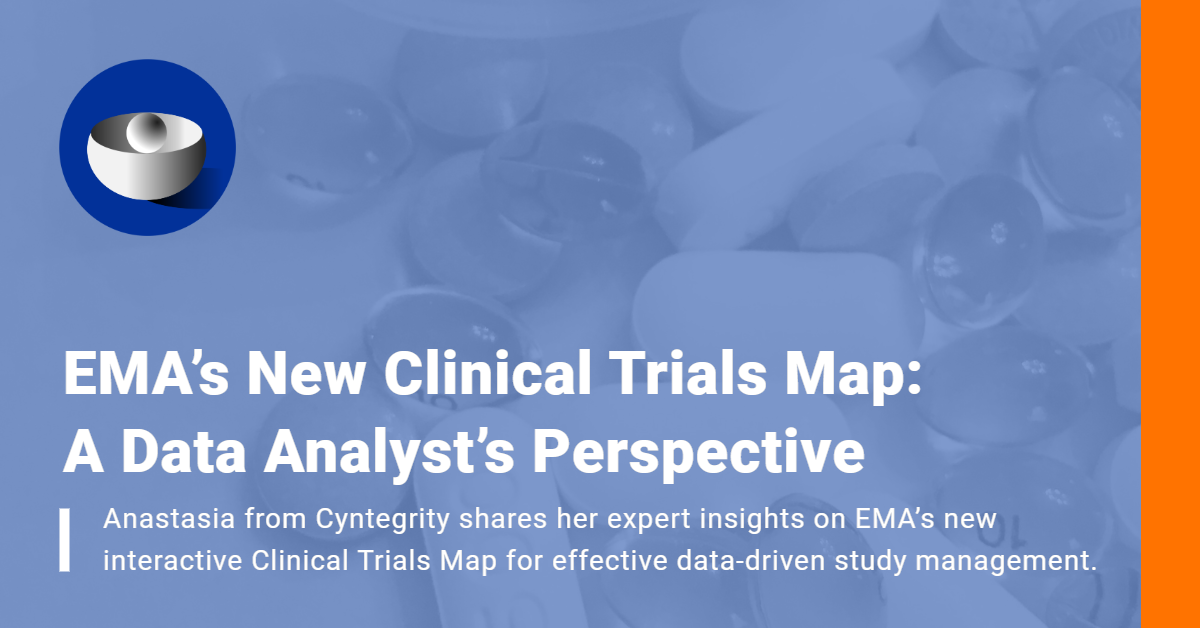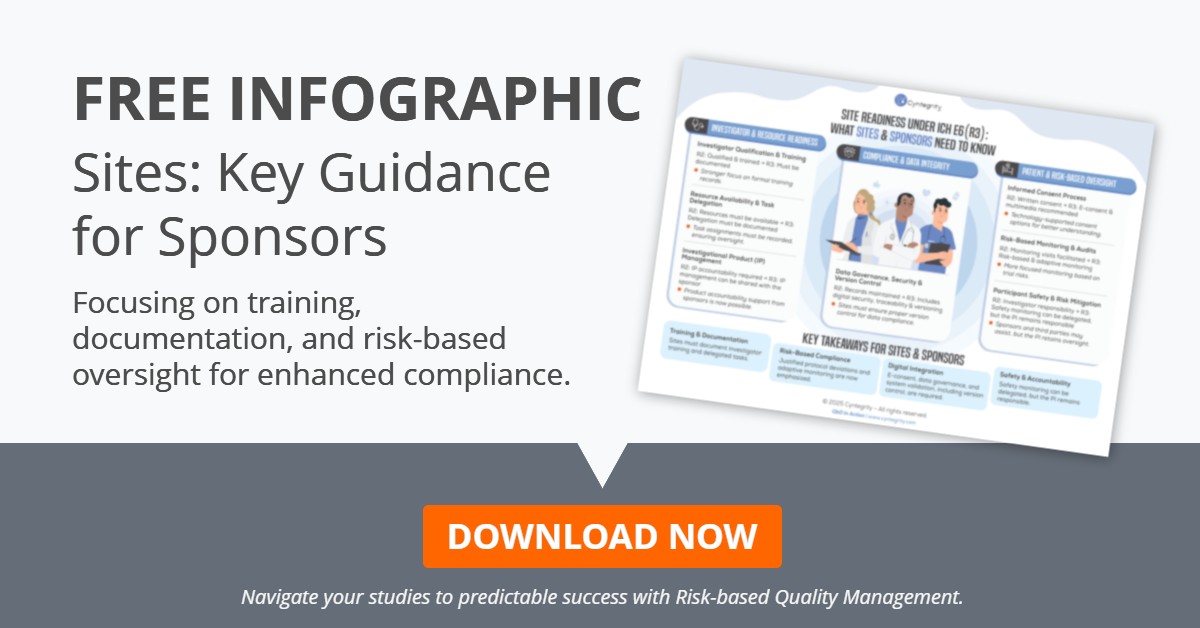Adaptive Monitoring is Dynamic and Responsive
Adaptive Monitoring is not a “status quo”, it is a dynamic response to clinical research that drives monitoring scope and corresponding activities to the evolving areas of greatest need which have the most potential to impact data quality and patient safety. Each clinical study requires its own tailored monitoring approach ensuring risks are minimized and clinical success is guaranteed.
In my first blog on Adaptive Monitoring, i.e. “The first implementation steps in real-life”, I discussed the impact of Risk-based Monitoring (RBM) strategies on the Source Data Verification (SDV) process and in what way the on-site monitoring activities could be optimized in response to the quality of the data produced and documented at a particular site.
In my following blogs on Adaptive Monitoring, I would like to take a closer look at other factors that potentially negatively influence the frequency and granularity of on-site monitoring. For ease of understanding, my assumption is an errorless data entry of the source data, such as electronic health records (EHR), paper-based records or any other source, to paper CRFs or the EDC system by the site. Instead, I will zoom in on other activities related to the conduct of a clinical trial that are prone to risk.
Look for New and/or Additional Risk-Prone Activities
For example, the drug supply storage and the blood sample management at a site might not truly meet the requirements. Such non-adherence to the protocol may result in a patient safety risk and ultimately negatively impact the successful outcome of a study. Therefore, both aspects should be monitored carefully despite Source Data Verification not revealing any issues. In essence, this means that Adaptive Monitoring cannot only be based on statistical outliers, delayed data entry or striking patterns. The scope of Adaptive Monitoring activities also needs to include risky areas such as supply management, blood sample management, handling of devices, patient scheduling and other sensitive processes such as password handling of the study data entry.
Aspects like described above must be considered when deciding on the frequency of clinical research site visits and the processes that need to be followed closely. At the same time, Source Data Verification may be reduced while retraining of site staff and re-iteration of the expected adherence to processes may be kept at the top of the to-do-list during the site monitoring visit.
Apply an RBM Service that Facilitates Beyond the Traditional Scope
My advice is to not jump the gun when implementing Adaptive Monitoring, since you may think you are on the safe side while in fact, you are not. We all hate unpleasant surprises.
It may be clear that a sound Risk-based Monitoring application should facilitate the management and tracking of new and/or additional risky and sensitive processes related to the conduct of clinical trials beyond monitoring data trends and the timely performance of the sites only.
If you are interested in getting access to the Adaptive Monitoring process charts, explore our products gallery.






